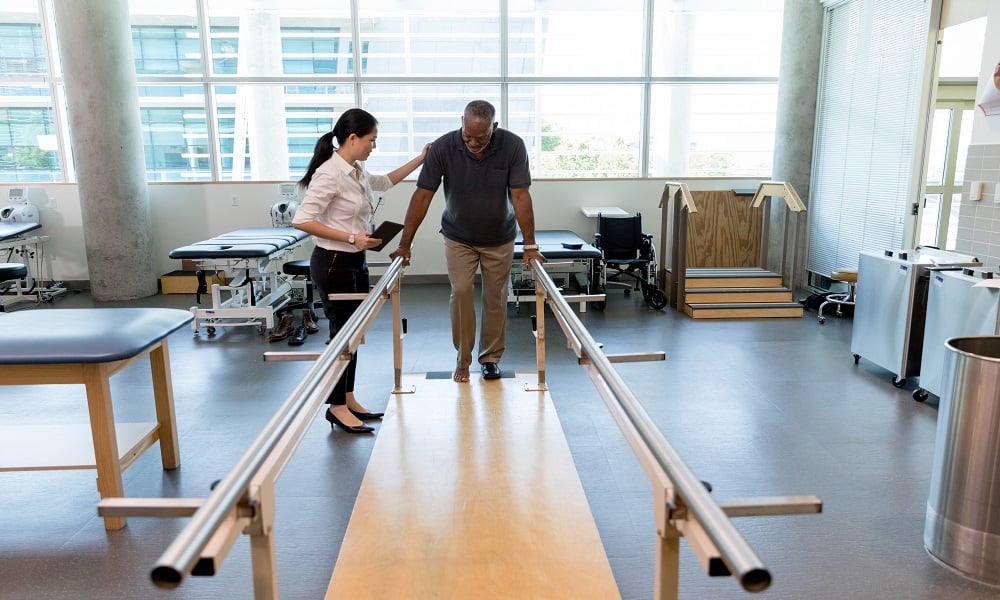When it comes to disability management and return to work, communication is crucial. But often there are bottlenecks, and a new study cites case managers and frontline supervisors as big factors, finds Sarah Dobson

While it’s long been known that communication is a crucial piece of the disability management puzzle, a new study pinpoints a big reason for any bottlenecks: disability case managers and front-line supervisors. Information gaps around these two roles can create ripple effects through the entire organizational work disability management system, say researchers from the Institute for Work & Health (IWH).




